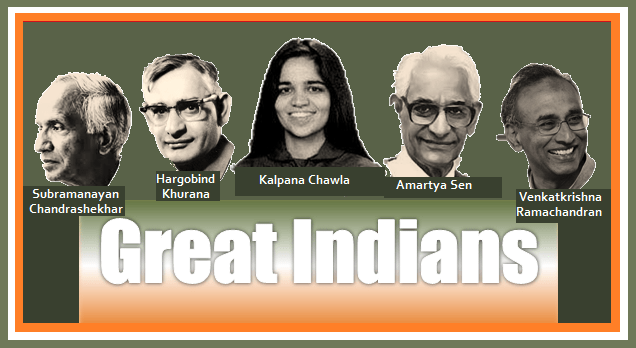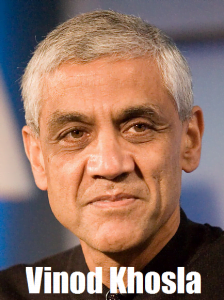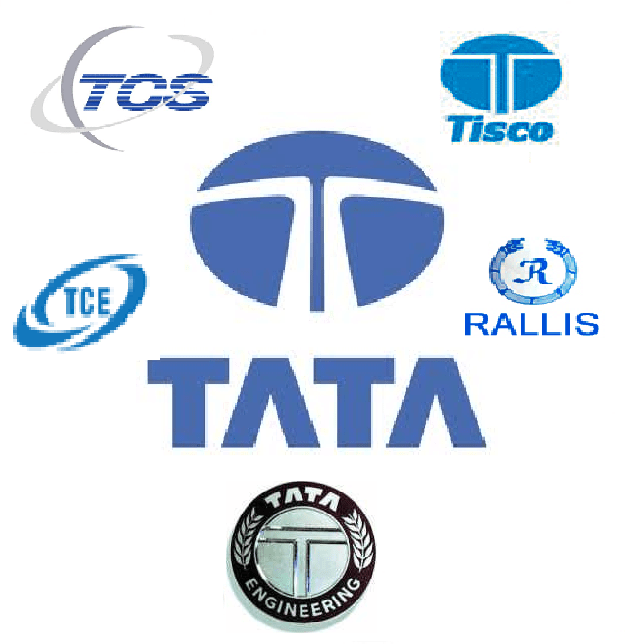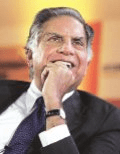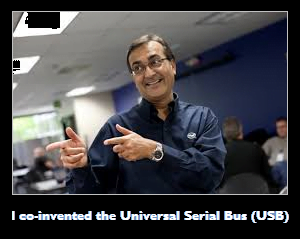 If you use a desktop, laptop, mobile phone, tablet or external hard disk drive, it’s impossible not to know about the USB (universal serial bus) port. The news is that this port, used to transfer both information and power between devices, is now about to become more versatile – there are plans to make it flippable and also able to deliver the power required by larger networks. But did you know that the inventor of the USB port is an Indian? Well, it’s true and his name is Ajay Bhatt.
If you use a desktop, laptop, mobile phone, tablet or external hard disk drive, it’s impossible not to know about the USB (universal serial bus) port. The news is that this port, used to transfer both information and power between devices, is now about to become more versatile – there are plans to make it flippable and also able to deliver the power required by larger networks. But did you know that the inventor of the USB port is an Indian? Well, it’s true and his name is Ajay Bhatt.
After graduating from the Maharaja Sayajirao University of Baroda Bhatt went on to The City University of New York, where he received his master’s degree. In 1990, Bhatt joined Intel Corporation as a senior staff architect on the chipset architecture team. Currently, he holds thirty-one U.S. patents, and several others are in various stages of filing. Some time ago IEEE Spectrum did an interesting interview with him about how Intel made the USB truly universal and other things like an ‘all-day’ computer project he is working on (read: a computer that you can use all day on a single charge) and some of his past achievements (click here to see “Ajay Bhatt: Intel’s Rock-Star Inventor”).
However, despite his ‘rock star’ inventor status Bhatt is only one of a highly talented group of Indian movers and shakers in the field of technology in the US. Here are few of the many other outstanding achievers in the list:

